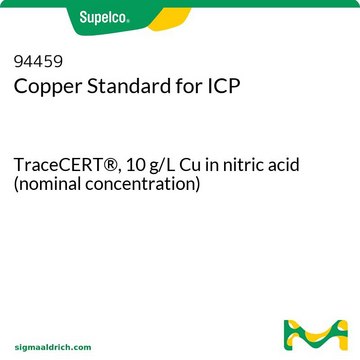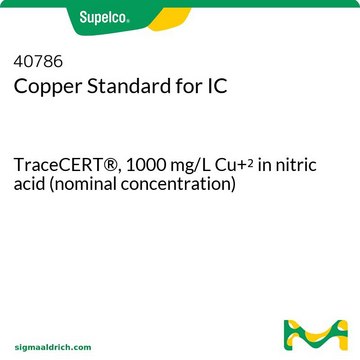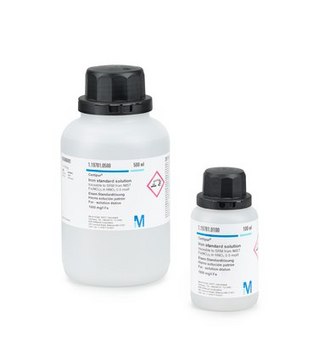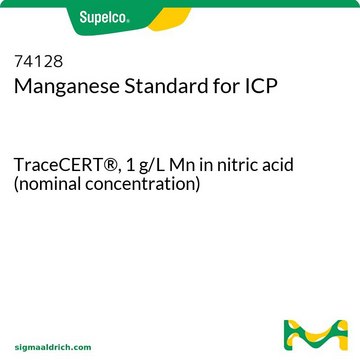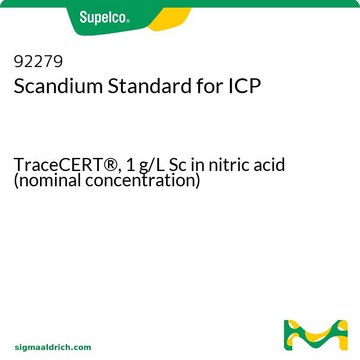SAB5701744
Anti-Phospho-STAT4-Y693 antibody produced in rabbit
Sign Into View Organizational & Contract Pricing
About This Item
UNSPSC Code:
12352203
NACRES:
NA.41
Product SAB5701744 is not currently sold in your country. Contact Technical Service
Recommended Products
General description
The protein encoded by this gene is a member of the STAT family of transcription factors. In response to cytokines and growth factors, STAT family members are phosphorylated by the receptor associated kinases, and then form homo- or heterodimers that translocate to the cell nucleus where they act as transcription activators. This protein is essential for mediating responses to IL12 in lymphocytes, and regulating the differentiation of T helper cells. Mutations in this gene may be associated with systemic lupus erythematosus and rheumatoid arthritis. Alternate splicing results in multiple transcript variants that encode the same protein.
Immunogen
A phospho specific peptide corresponding to residues surrounding Y693 of human STAT4
Physical form
Buffer: PBS with 0.02% sodium azide,50% glycerol,pH7.3.
Not finding the right product?
Try our Product Selector Tool.
Storage Class Code
12 - Non Combustible Liquids
WGK
WGK 1
Flash Point(F)
Not applicable
Flash Point(C)
Not applicable
Choose from one of the most recent versions:
Certificates of Analysis (COA)
Lot/Batch Number
Don't see the Right Version?
If you require a particular version, you can look up a specific certificate by the Lot or Batch number.
Already Own This Product?
Find documentation for the products that you have recently purchased in the Document Library.
Customers Also Viewed
Dmitry Ter-Ovanesyan et al.
eLife, 10 (2021-11-17)
Extracellular vesicles (EVs) are released by all cells into biofluids and hold great promise as reservoirs of disease biomarkers. One of the main challenges in studying EVs is a lack of methods to quantify EVs that are sensitive enough and
Anna Lischnig et al.
Molecular & cellular proteomics : MCP, 21(9), 100273-100273 (2022-08-03)
There is a long-held consensus that several proteins are unique to small extracellular vesicles (EVs), such as exosomes. However, recent studies have shown that several of these markers can also be present in other subpopulations of EVs to a similar
Olivia Ruhen et al.
Biomedicines, 9(1) (2020-12-31)
There is increasing recognition of circulating tumour DNA (ctDNA) as a non-invasive alternative to tumour tissue for the molecular characterisation and monitoring of disease. Recent evidence suggests that cancer-associated changes can also be detected in the DNA contained within extracellular
Stimulus-response coupling in human platelets activated by monoclonal antibodies to the CD9 antigen, a 24 kDa surface-membrane glycoprotein.
Carroll, R C, et al.
The Biochemical Journal, 266, 527-535 (1990)
Julia Dancourt et al.
Scientific reports, 13(1), 1086-1086 (2023-01-20)
Extracellular vesicles (EVs) are biological vehicles that are thought to mediate cell-cell communication via the transfer of biomolecules from donor to acceptor cells. Repurposing those natural vesicles into therapeutics delivery vectors is a high priority challenge for translational science. Here
Our team of scientists has experience in all areas of research including Life Science, Material Science, Chemical Synthesis, Chromatography, Analytical and many others.
Contact Technical Service


